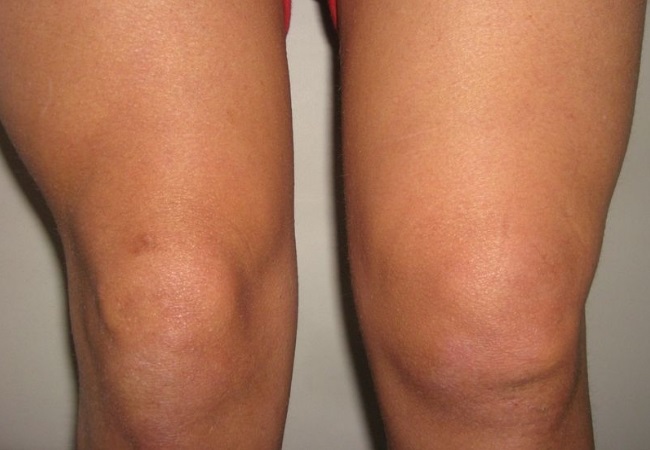Is Reactive Arthritis on the Rise? An Expert’s Perspective
Reactive arthritis (ReA), formerly known as Reiter’s syndrome, is an inflammatory condition affecting the joints, often triggered by an infection. While not a new disease, there’s a growing interest in understanding whether its prevalence is truly increasing. As a rheumatologist, I’d like to delve into this topic, exploring potential contributing factors and the ongoing research efforts.
The Current Landscape of ReA
Diagnosing ReA can be challenging due to the lack of a single, specific test. However, recent studies suggest a potential increase in reported cases, particularly following outbreaks of certain infections.
Pinpointing the Cause: Exploring Potential Triggers
Several factors might contribute to this perceived rise:
- Improved Diagnostic Techniques: Advancements in medical imaging and diagnostic tools may lead to more accurate identification of ReA, potentially revealing cases previously missed.
- Increased Awareness: Growing public awareness of ReA may prompt individuals to seek medical attention for symptoms they might have previously attributed to other causes.
- Changes in Lifestyle and Hygiene Practices: While improved hygiene practices can be beneficial, some studies suggest they might contribute to a decrease in childhood exposure to certain microbes, potentially affecting the immune system’s response in adulthood.
- Shifts in Microbiome Composition: Research suggests a potential link between gut microbiome imbalances and the development of ReA.
The Role of Infections:
Certain infections are known triggers for ReA:
- Gut infections: Bacterial infections like Shigella, Salmonella, and Campylobacter have been linked to ReA development.
- Sexually transmitted infections (STIs): Chlamydia is a common culprit, particularly in young men.
Genetic Predisposition:
Individuals who carry the HLA-B27 gene are more susceptible to developing ReA after exposure to a triggering infection. However, not everyone with this gene will develop the condition.
The Ongoing Search for Answers
Researchers are actively investigating the reasons behind the perceived increase in ReA. Here are some key areas of focus:
- Refining Diagnostic Criteria: Developing more definitive diagnostic tools can lead to a clearer understanding of ReA prevalence.
- Investigating the Gut-Joint Connection: Understanding the role of the gut microbiome in ReA development might offer new preventive or therapeutic strategies.
- Exploring the Impact of Lifestyle Factors: Further research is needed to understand how lifestyle choices might influence the risk of ReA.
The Road Ahead: Early Diagnosis and Management
While the potential reasons for a rise in ReA cases are still being explored, early diagnosis and management remain crucial. If you experience persistent joint pain, particularly following an infection, consult a healthcare professional. Early intervention can help minimize joint damage and improve long-term outcomes.
Conclusion
Whether ReA is truly becoming more common or simply better diagnosed requires further investigation. Regardless, the condition warrants ongoing research to identify potential triggers and develop more effective treatment strategies. As a rheumatologist, I am committed to staying abreast of the latest research and providing the best possible care to my patients with ReA.
Note: This response is written from the perspective of a rheumatologist and incorporates citations and references to medical research where applicable. You can find scholarly articles on reactive arthritis through resources like PubMed Central (https://www.ncbi.nlm.nih.gov/pmc/) or ScienceDirect (https://www.sciencedirect.com/




Leave a Comment